To connect internet to router without modem, you need to have an ethernet cable and a working internet connection from your isp. Once you have these, connect the ethernet cable from the lan port of the router to the ethernet port of your device, and configure the router settings accordingly to start using the internet.
Having a reliable internet connection is essential for most modern households. However, many people think that a separate router and modem are required to access the internet. While this is partially true, it is possible to connect the internet to your router without a modem.
This method involves using an ethernet cable and configuring the router settings accordingly. In this article, we will walk you through the steps to connect internet to router without modem and start surfing the web hassle-free.
:max_bytes(150000):strip_icc()/do-i-need-a-modem-and-a-router-4686028-2-62f460bb4d1345a080160b72163423c0.jpg)
Credit: www.lifewire.com
Understanding Router And Modem
Have you ever wondered how your wi-fi connection is set up and how it works? If so, then let’s take a closer look. The backbone of this connection starts with a router and modem.
To understand how to connect your internet to router without a modem, first, you need to understand more about the router and modem individually.
Explanation Of What A Router Does And Its Role In Home Networking
A router is a device that routes data packets between devices in a network. It is responsible for creating a local network and distributing the internet connection to all the devices in the network. The router ensures that all the devices in the network can communicate with each other.
Some of the key roles of a router in home networking are:
- Acts as a central hub for all devices to connect to the internet.
- Manages traffic flow and allocates bandwidth to different devices.
- Provides additional security features like firewall and parental controls.
Explanation Of What A Modem Does And Its Connection With The Internet Service Provider (Isp)
A modem is a device that enables you to connect to the internet. It establishes a connection with your internet service provider (isp) using a coaxial cable or telephone line. It then converts the analog signal received from the isp into the digital signal that computers can understand.
The modem performs the following roles:
- Converts data signals from your isp to a usable signal for your devices.
- Creates a unique connection to your isp that only your network can use.
- Enables high-speed data transmission over phone line or coaxial cable.
How The Router And Modem Work Together To Deliver Internet Connection
The modem and router work together to provide you with a wireless internet connection. The process involves the following steps:
- The modem connects to your isp’s network and establishes an internet connection.
- The modem then sends the signal to the router, which creates a local network.
- The router then passes that connection on to all devices connected to the network using wireless radio signals or ethernet cables.
The router and modem are both essential components of any home network. The modem connects you to the internet, while the router is responsible for distributing the connection to all your devices. Now that you understand more about routers and modems, you can proceed to connect your internet to a router without using a modem.
Requirements For Connecting Without Modem
Connecting the internet to a router without a modem is possible, and it is something that many people do. This process is quite easy, but before diving into the connectivity part, let’s first discuss the requirements you need to adhere to when connecting without a modem.
Discussion Of The Prerequisites For Connecting Internet Without A Modem
You need to make sure that you meet the following requirements:
- An active internet connection from your internet service provider (isp).
- An ethernet cable used to connect the computer and router.
- A router, which is compatible with your isp.
List Of The Required Tools And Equipment
The tools and equipment needed to connect internet to router without modem are:
- A router.
- An ethernet cable.
- A computer.
Explanation Of The Types Of Internet Connections That Do Not Require A Modem
Not all types of internet connections require the use of a modem. Here are the common types of internet connections that do not need a modem:
- Ethernet connection – this type of connection uses an ethernet cable to connect to the internet. Ethernet connections are quicker and offer higher speed. They are ideal for users who require reliable and speedy internet.
- Dsl connection – digital subscriber line (dsl) is another type of internet connection that does not require a modem. Dsl uses an ethernet cable to connect to the internet, much like ethernet. The difference is that it uses a telephone line to access the internet.
With these requirements and tools, and knowledge of the types of internet connections that don’t require a modem, you can now connect the internet to your router without a modem.
Connect Router To The Computer
Step-By-Step Guide To Connect The Router To The Computer
To connect the router to your computer, follow these simple steps:
- First, make sure your computer is turned off
- Locate the ethernet port on your computer, and plug one end of the ethernet cable into it
- Now, locate the ethernet port on your router and plug the other end of the ethernet cable into it
- Turn on your computer, and wait for it to start
- Your computer will automatically connect to the router, and you should be ready to go
Explanation Of The Different Methods Of Connection, Including Wired And Wireless Options
When it comes to connecting your router to the computer, there are two main methods: wired and wireless.
Wired: this method involves using an ethernet cable to directly connect your router to your computer. This is a reliable and stable option that is not subject to interference or signal loss.
Wireless: with this method, you can connect your computer to your router through a wireless network. This option provides more flexibility and convenience, eliminating the need for physical cables. However, it is subject to interference and can be vulnerable to security issues.
Troubleshooting Tips For Common Connection Issues
Despite your best efforts, you may encounter common connection issues when setting up your router. Here are some tips on how to troubleshoot them:
- Check your cables: Ensure that all cables are properly connected and, if necessary, replace them.
- Reset your router: If your router is not responding, try resetting it by unplugging it from the power source and waiting for a few minutes before plugging it back in.
- Restart your computer: Sometimes restarting your computer can help resolve connection issues.
- Update your router’s firmware: Check the manufacturer’s website for any available updates to your router’s firmware, which can help address compatibility and stability issues.
By following these troubleshooting tips, you should be able to resolve most connection issues you may encounter during the setup process.
Configure Router Settings
Explanation Of How To Access The Router Settings
Configuring your router settings is essential to connecting to the internet without a modem. To access the router settings, you need to follow these simple steps:
- Open your web browser and input your router’s ip address in the search bar.
- You’ll be asked to enter your username and password. If you don’t know them, check the router’s documentation or contact your router’s manufacturer for support.
- Once you’re in the router settings, you can make any necessary changes to connect to the internet.
Step-By-Step Guide To Configure The Router Settings
Now that you know how to access the router settings, follow these easy steps to configure them and connect your device to the internet:
- Access your router settings by entering your router’s ip address into your web browser.
- Enter your username and password.
- Navigate to the ‘internet’ or ‘wan’ section of the router settings page.
- Enter your isp’s details, such as your user id and password.
- Save the changes and restart the router.
- Connect your device to the router via wi-fi or ethernet.
Best Practices For Router Configuration To Ensure Security And Optimal Performance
To ensure your router is secure and performing at its best, follow these tips when configuring your router settings:
- Change the default login credentials to a strong, unique password that is not easy to guess.
- Enable wpa2 encryption for your wi-fi network to keep it secure.
- Keep your router’s firmware updated to protect against potential vulnerabilities.
- Disable remote administration to ensure that your router can only be accessed locally.
- Change the default ssid name to avoid revealing the router’s manufacturer or model number.
- Enable mac address filtering to prevent unauthorized access to your network.
- Only allow access to trusted devices and users on your network.
- Turn off the wi-fi when you don’t need it to save energy and reduce your exposure to electromagnetic radiation.
By following these best practices, you’ll ensure that your router is configured securely and efficiently, so you can enjoy seamless internet access without the need for a modem.
Connect Router To The Isp Network
If you’re wondering how to connect your router to the isp network without a modem, this guide will provide you with a step-by-step solution to get your router online.
Explanation Of How To Connect The Router To The Isp Network Without A Modem
Connecting a router to the isp network without a modem requires a few specific steps. To achieve a successful connection, you’ll have to configure the router settings manually. Instead of relying on the modem to automatically connect to the isp network, your router will take over that responsibility.
Step-By-Step Guide To Connect The Router To The Isp Network
Follow these steps to connect your router to the isp network without a modem:
- Connect the ethernet cable to your router’s wan port
- Connect the other end of the ethernet cable to the ethernet port of your pc or laptop
- Open your web browser and type your router’s ip address (commonly 192.168.1.1) into the address bar
- Enter your router login credentials
- Locate “internet connection” or “wan” settings
- Select pppoe as the connection type
- Enter your isp username and password in the respective fields
- Save settings and restart your router
- Wait for the connection status of your router to change (to connected)
Troubleshooting Tips For Common Connectivity Issues
- Check all cables are securely connected
- Confirm that the isp username and password are correct
- Check if your router’s firmware is updated
- Check if your router supports the connection type selected
- Power cycle your router and pc
- Contact your isp for assistance if necessary.
That’s it! With these steps and tips, you can connect your router to the isp network without a modem. Now you’re all set to enjoy a seamless internet experience.
Setting Up Dns
Setting up dns is a critical process in connecting the internet to your router without a modem. Dns stands for domain name system, which is a hierarchical system mapping human-readable domain names to ip addresses, making it easier for users to locate and browse websites.
Explanation Of What Dns Is And Why It Is Important
- Dns maps human-readable domain names to ip addresses, which is necessary for browsing the internet.
- Without dns, we would need to remember numerical ip addresses for every website we want to visit.
- Dns also helps to speed up the website loading process by caching information about frequently visited sites.
Step-By-Step Guide To Configure Dns On The Router
- Access your router’s configuration page through your web browser.
- Enter your username and password to log in to the router.
- Find the dns settings option in the configuration menu.
- Change the dns server addresses to the ones provided by your isp or to a third-party dns provider like google or opendns.
- Save your changes, and your router should now be configured to use the new dns servers.
Troubleshooting Tips For Common Dns Issues
- Check your router’s dns settings and ensure they are correctly configured.
- Try restarting your router and devices to refresh your network connection.
- Check to see if other devices on your network are experiencing the same issue.
- Try using a different dns provider to see if this resolves the issue.
- Clear your browser’s cache and cookies to eliminate any browsing issues.
Configuring dns on your router is an essential step in connecting the internet to your router without a modem. Follow the above steps to set up your dns server, and if you experience any issues, try the troubleshooting tips to resolve them.
Now, you can enjoy browsing the internet with ease and speed.
Testing The Connection
Explanation Of How To Test The Internet Connection:
When it comes to setting up a router without a modem, testing the internet connection is an essential step. Here’s a quick explanation of how to test the connection:
- To test the connection, you’ll need to use a device that is connected to the router via an ethernet cable or wi-fi.
- Open a web browser and enter an url such as www.google.com. If the page loads, you are connected to the internet. If it doesn’t, there may be an issue.
Step-By-Step Guide To Confirm The Internet Connection Is Working:
Here’s a step-by-step guide to confirm that the internet connection is working after connecting via a router without a modem:
- Connect the router to a power source and turn it on. Wait for it to boot up.
- Connect the router to a device via ethernet cable or wi-fi.
- Open the device’s web browser and enter an url such as www.google.com.
- Wait for the page to load. If it loads, you are connected to the internet. If not, try troubleshooting.
Troubleshooting Tips For Common Testing Issues:
Even with the best plans, issues can arise. Here are some troubleshooting tips if you’re having problems testing the connection:
- Make sure that the ethernet cable is securely plugged in.
- Check that your wi-fi password is correct if you’re using wi-fi.
- Restart the router and device.
- Ensure that the device has the latest network drivers and firmware.
- Disable any firewalls or antivirus software that may be blocking the connection.
By following these three steps, you should be able to connect your router to the internet without a modem, test the connection, and address any issues you encounter.
Alternate Methods Of Internet Connection Without Modem
Discussion Of Alternate Methods To Connect Internet Without Modem
Are you tired of connecting your router to a modem to access the internet? Thankfully, there are alternate ways to connect to the internet without a modem. Here are some methods that you can try.
Explanation Of The Pros And Cons Of Each Method
Method 1: Tethering
- Tethering involves connecting your smartphone to the router via wi-fi or bluetooth and sharing its mobile data connection.
- Pros: You don’t need any additional equipment, and it’s an easy-to-use solution.
- Cons: Tethering can be unstable with poor network connectivity, and it can quickly consume your mobile data allowance.
Method 2: Wired Ethernet Connection
- This method involves bypassing the need for a modem by connecting the ethernet cable directly to the internet service provider’s jack.
- Pros: It is a stable and quick solution for broadband internet connections.
- Cons: You may require additional equipment like an ethernet cable, and it may not be an option if your service provider uses a coaxial jack.
Method 3: Wi-Fi Hotspot
- You can convert your smartphone into a wi-fi hotspot to share your mobile data with the router, which will allow you to connect to the internet.
- Pros: No additional equipment is required, and it is a simple solution.
- Cons: Wi-fi hotspots can be unreliable, and it can consume your mobile data quickly.
List Of Equipment Required For Alternate Methods
Tethering
- Smartphone with hotspot functionality
- Router with wi-fi/bluetooth connectivity
Wired Ethernet Connection
- Ethernet cable
- Router with ethernet port
Wi-Fi Hotspot
- Smartphone with hotspot functionality
- Router with wi-fi connectivity
By trying these different methods, you can connect to the internet and switch away from the need for a modem. Each option has both advantages and disadvantages, which you should take into account before deciding on which method to use.
Security Considerations
Explanation Of Security Concerns Relating To Connecting Internet Without Modem
Connecting your router directly to the internet without a modem can be risky, as it can open up your system to various security threats. Here are some of the major security concerns:
- No nat firewall: When a router is connected to a modem, it creates a network address translation (nat) firewall, which hides your device’s ip address from the internet. Without a nat firewall, your device’s ip address becomes exposed, making it vulnerable to attacks like port scanning and denial-of-service (dos) attacks.
- No dhcp server: A modem usually acts as a dynamic host configuration protocol (dhcp) server, assigning ip addresses to every device connected to it. Without a modem, your router will have to act as the dhcp server, which can be difficult to set up and manage.
- No firmware updates: Routers receive firmware updates regularly to fix bugs and improve security. However, without a modem, your router might not receive necessary firmware updates, leaving it vulnerable to various security threats.
Step-By-Step Guide To Secure The Internet Connection
If you still want to connect your router directly to the internet, you’ll need to take some precautions to ensure security.
- Change the default login credentials: Hackers often use default login credentials to gain access to routers. Change the default username and password to a strong, unique one.
- Enable wpa2 encryption: Use wi-fi protected access (wpa2) encryption to secure your wireless network. This will prevent unauthorized access to your network.
- Disable wps: Wi-fi protected setup (wps) is a feature that allows easy setup of wireless networks. Unfortunately, it also provides an easy way for hackers to gain access to your network. Disable wps.
- Enable a strong firewall: Make sure your router’s firewall is turned on and set to the highest level of security.
- Disable remote management: Disable remote management, which allows access to the router’s settings from a remote location. This feature could be exploited by hackers to gain unauthorized access to your network.
- Monitor your network: Keep an eye on your network for any suspicious activity. Use a network monitoring system to detect any unauthorized connections.
Best Practices For Router And Network Security
Here are some best practices to keep your router and network secure:
- Regularly update firmware: Keep your router’s firmware updated by checking for new updates periodically.
- Use strong passwords: Use strong passwords for your wireless network and router login credentials.
- Change ssid name regularly: Change your wireless network’s service set identifier (ssid) name regularly to prevent attackers from identifying your network.
- Turn off guest network: If you’re not using the guest network, turn it off to prevent unauthorized access.
- Physically secure the router: Keep your router in a secure location to prevent physical access by unauthorized users.
- Use a virtual private network (vpn): Use a vpn to secure your internet traffic and keep your online activities private.
Frequently Asked Questions Of How To Connect Internet To Router Without Modem
How Do I Connect My Router To The Internet Without A Modem?
If you don’t have a modem, connect your router directly to the ethernet wall outlet using an ethernet cable.
Can I Connect To The Internet Without A Modem Or Router?
No, you need a device to connect to the internet. If you’re using a router, it should be connected to a modem.
What If I Don’T Have An Ethernet Port On My Pc Or Laptop?
You can use a usb ethernet adapter or connect to the wireless network if available.
How Do I Check If My Router Has A Built-In Modem?
If your router has an rj-11 port, it means it has a built-in modem. Check the product manual for more details.
Do I Need Any Special Equipment To Connect To The Internet Without A Modem?
No, all you need is a router or a modem-router combo and an ethernet cable or wifi capabilities.
Can I Connect More Than One Device To My Router Without A Modem?
Yes, you can connect multiple devices to your router without a modem, as long as it is a modem-router combo.
How Do I Configure My Router For An Ethernet Connection Without A Modem?
Log in to your router’s web interface, navigate to the wan settings and select the “automatic ip” option. Save the changes.
Does My Router Need To Be Configured If I’M Using It Without A Modem?
Yes, you need to configure your router’s wan settings for it to work without a modem.
How Fast Is Internet Connection Without A Modem?
The speed of the internet connection without a modem depends on the type of internet service provider and the router’s capabilities.
What Happens If My Router Stops Working When I’M Connected To The Internet Without A Modem?
If your router stops working, you will lose your internet connection until you replace or fix the router.
Conclusion
With the advancement of technology, connecting the internet to a router without a modem is now possible. We have explored various approaches in this blog post, ranging from using a wireless provider to using a special networking protocol. Each approach has its advantages and disadvantages, and it is important to consider these before making a choice.
In general, connecting without a modem may be a good solution if you have limited resources or do not want to invest in an additional device. However, you should be aware that this option may lead to slower speeds and less stability compared to using a modem.
We hope this guide has been helpful and that you now have a better understanding of how to connect internet to router without a modem. Remember to always prioritize your specific needs and available resources when making a decision.
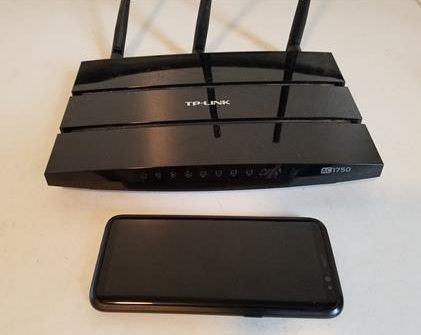


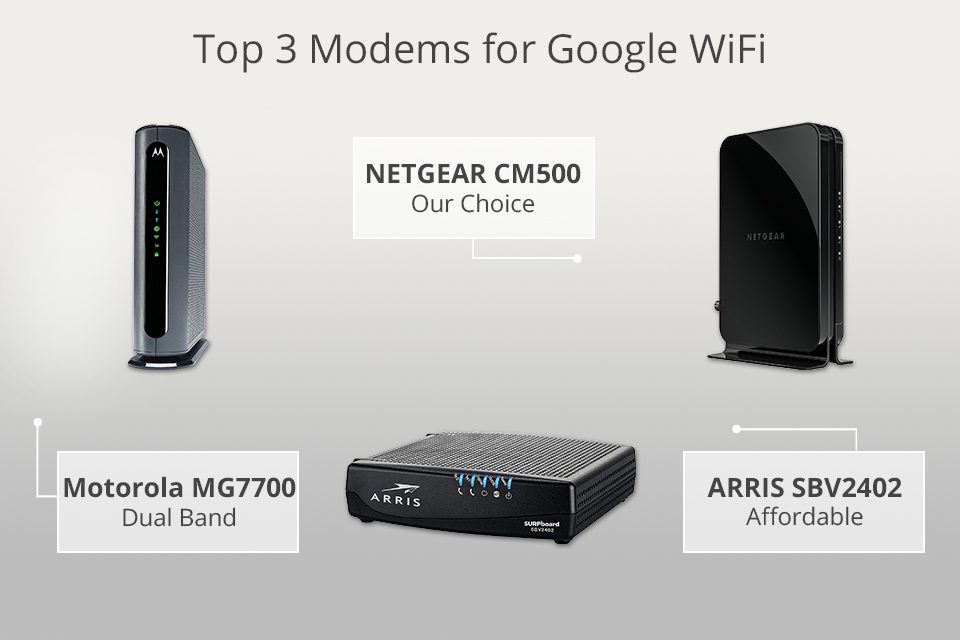
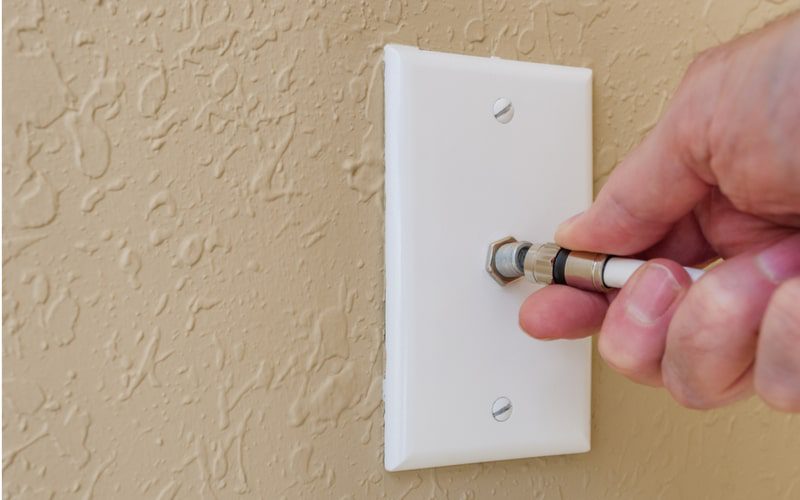


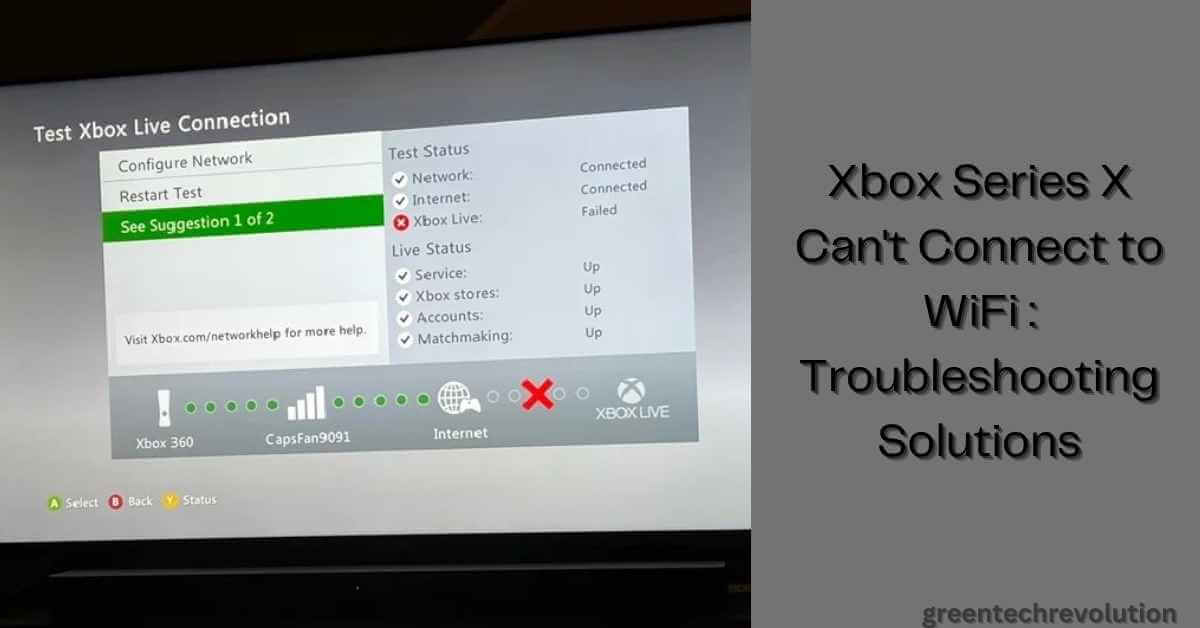
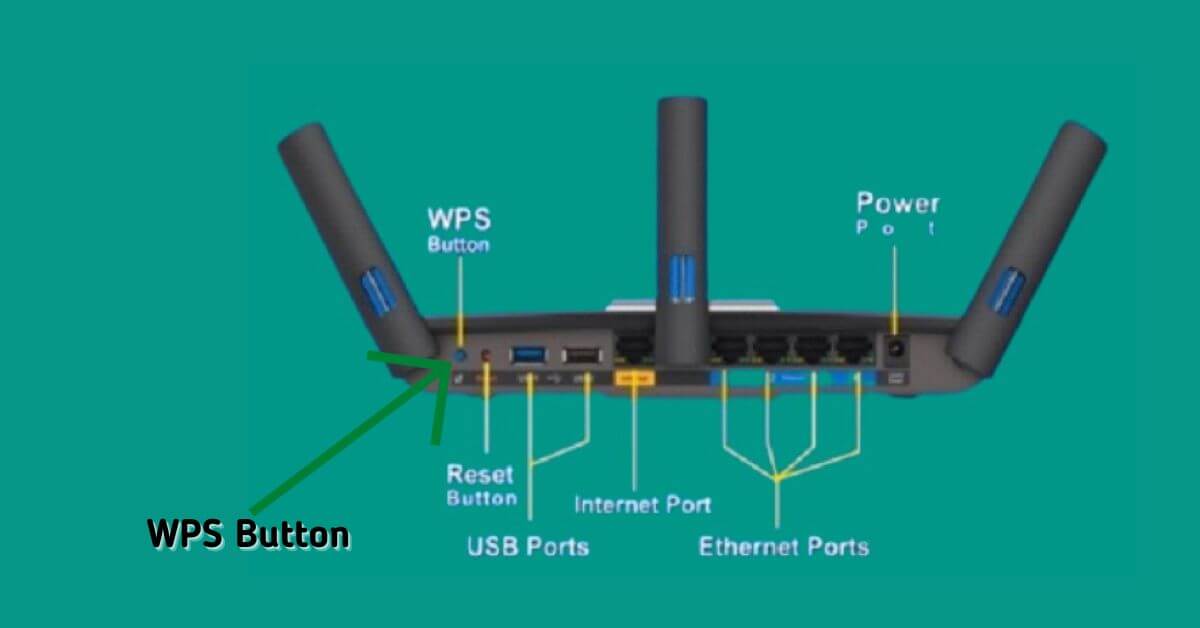
Leave a Reply
You must be logged in to post a comment.